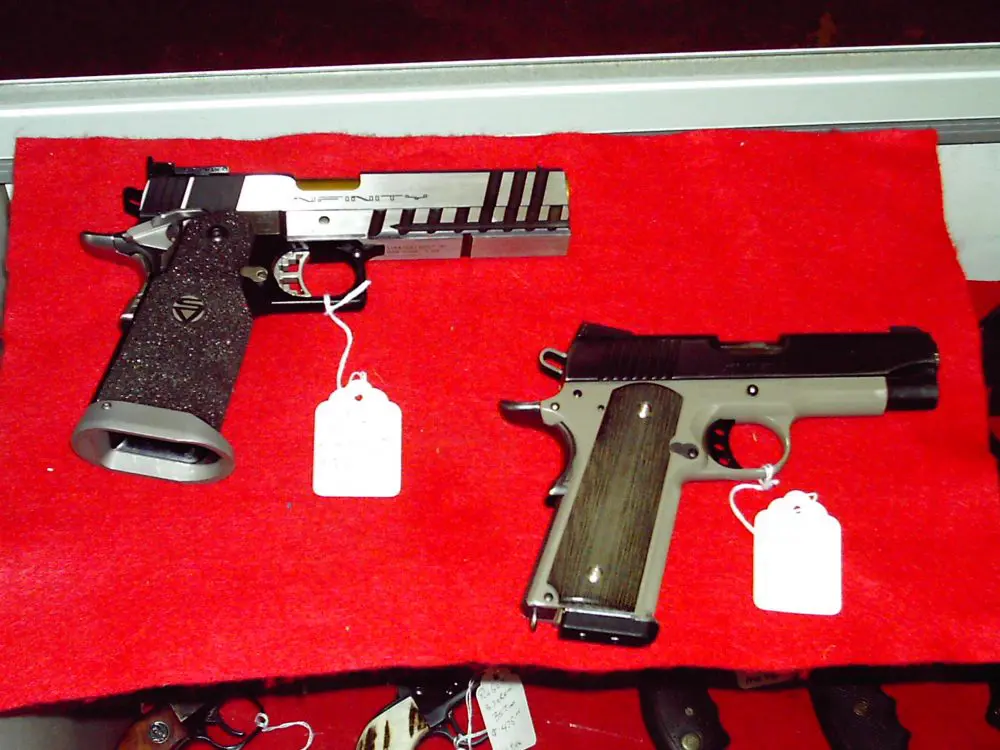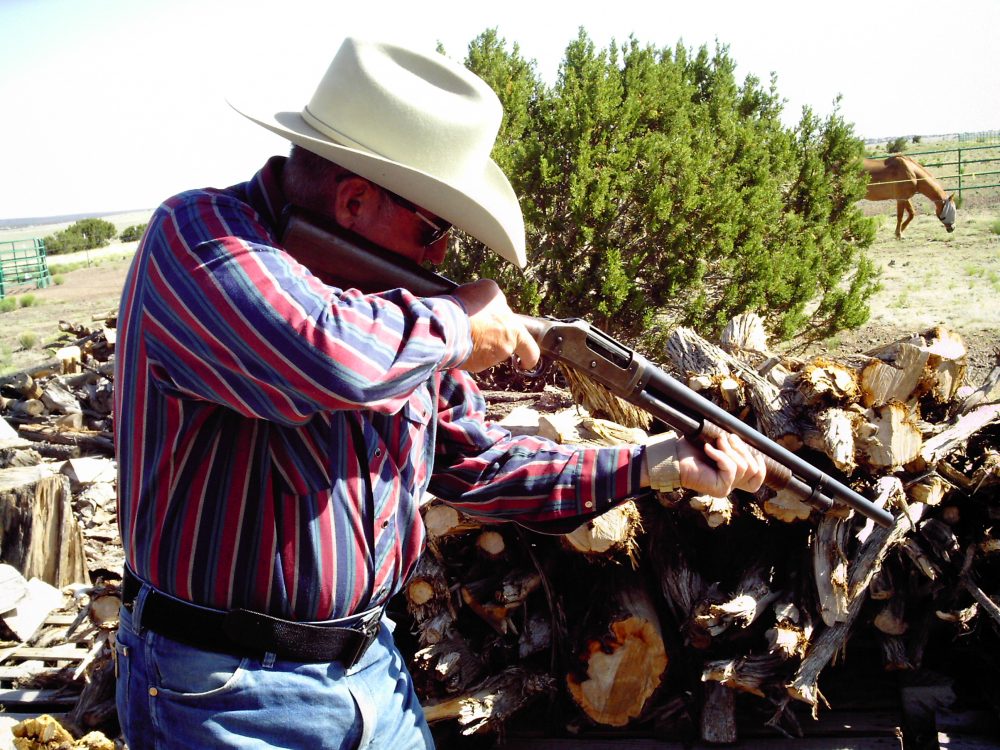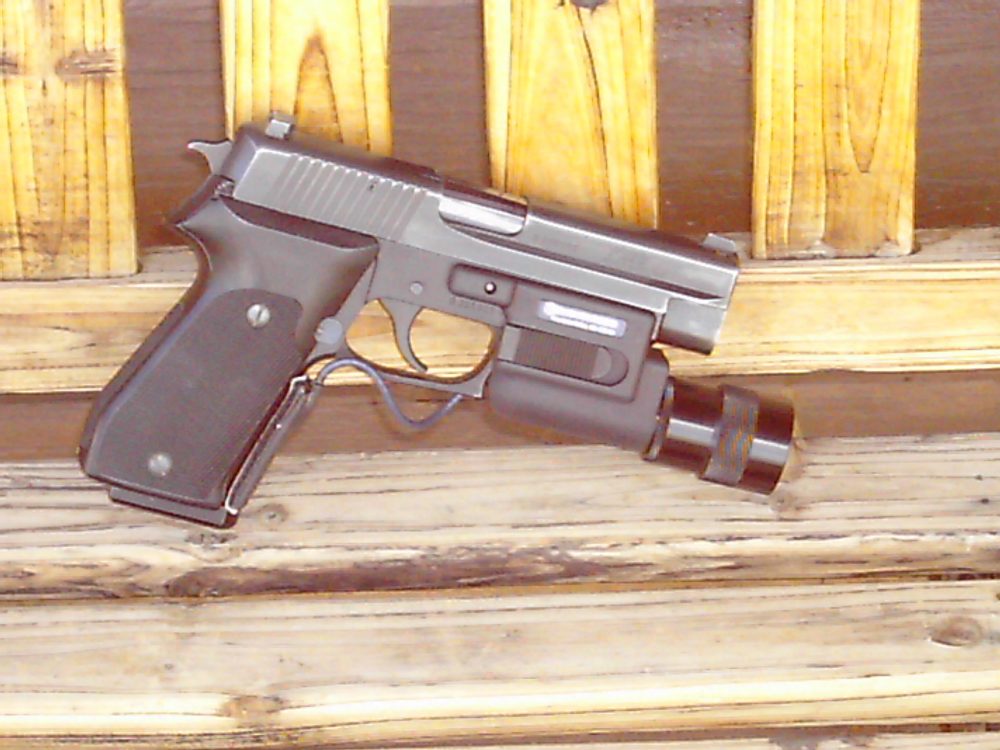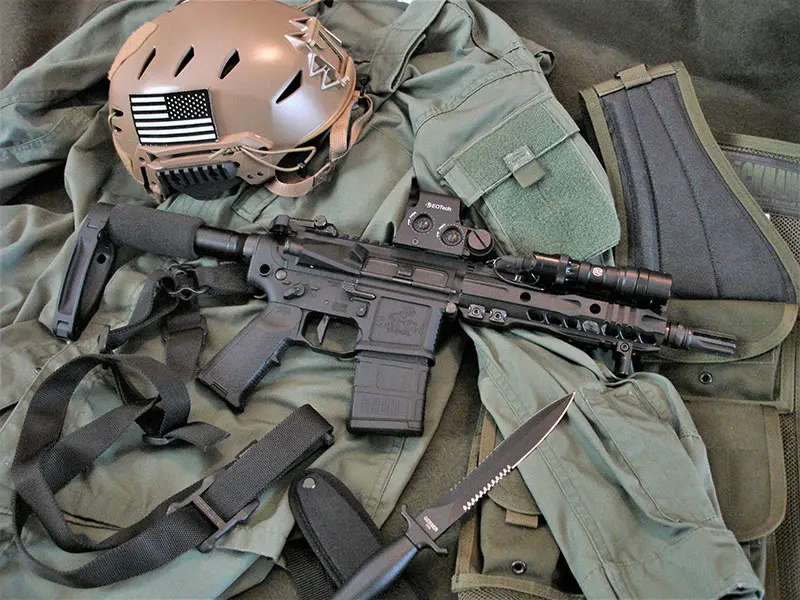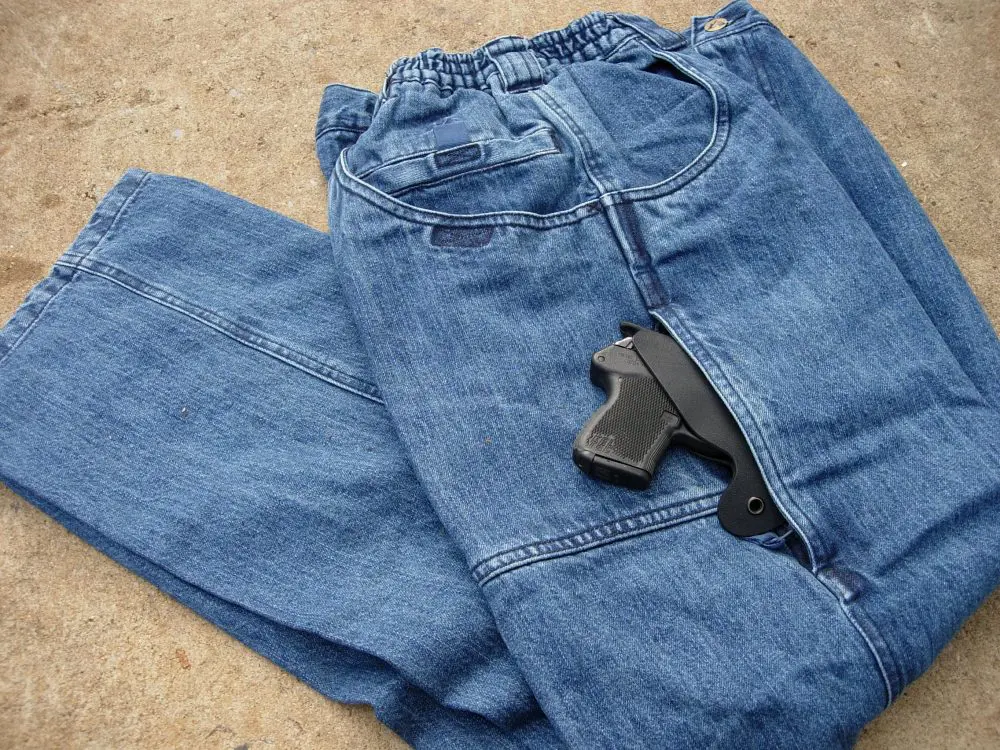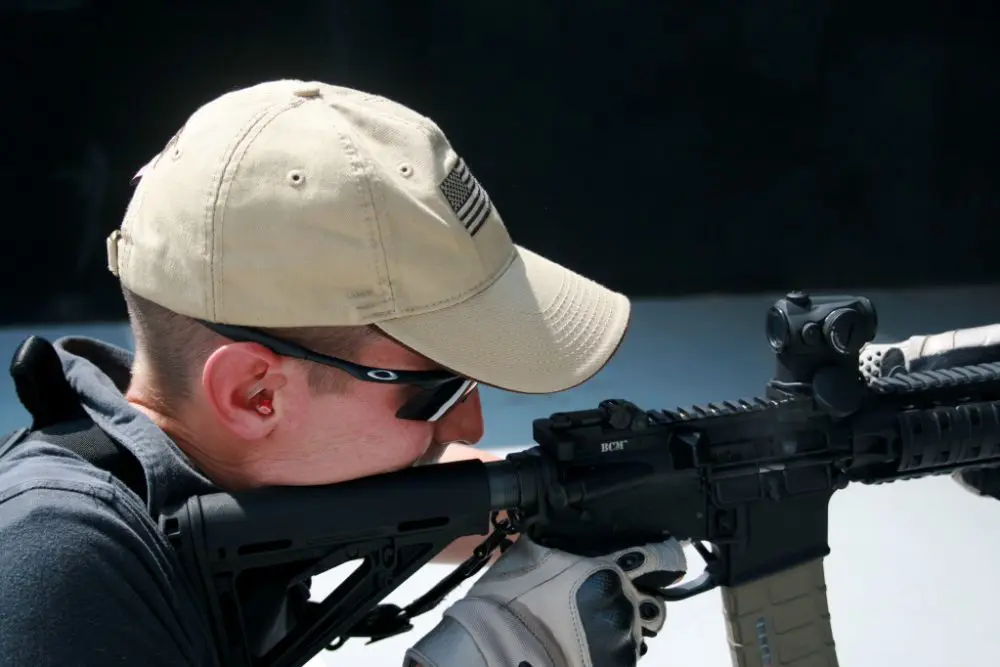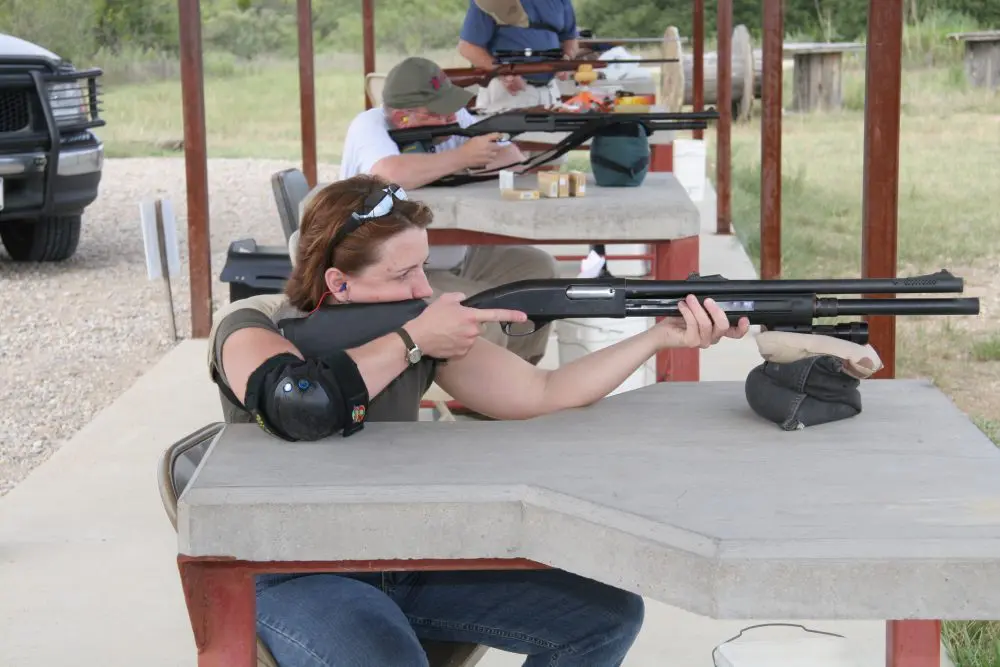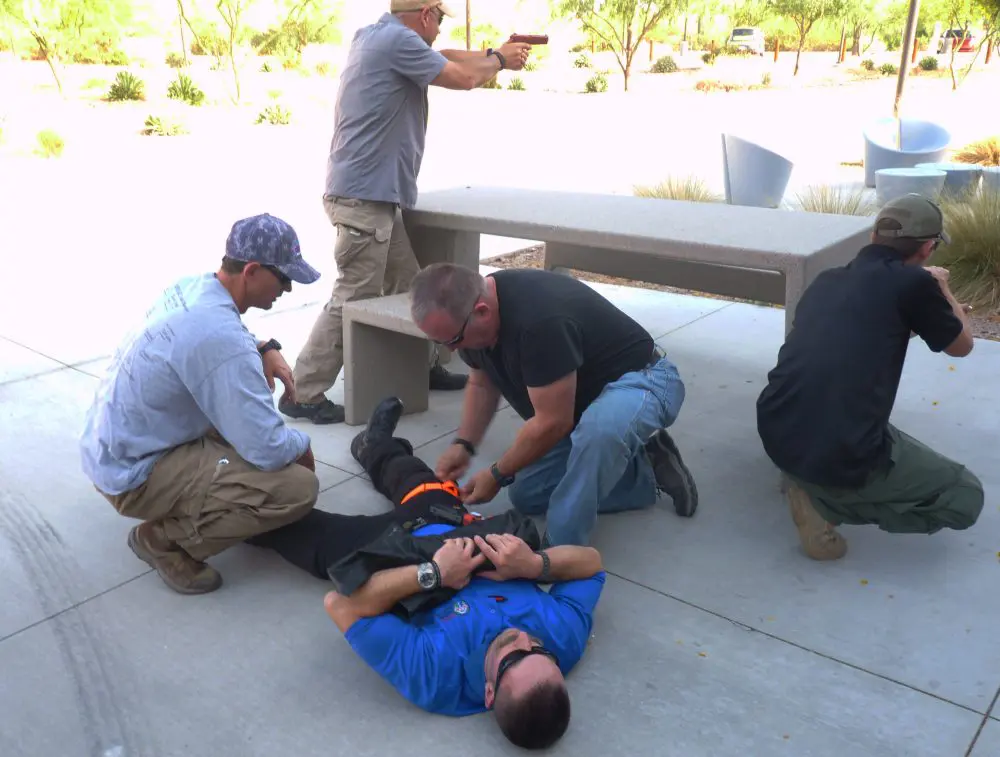You don’t need me to tell you times are tough. Every newscast reminds us how bad things are, and then exclaims with horror that consumer confidence is down. DUH!
Some of us are always “gun poor,” wanting to try a different rifle, pistol or shotgun but lacking the cash. Well, guys and gals, it’s time to consider moving from the new gun counter over to the “pre-owned” section.
Over my decades in law enforcement, I have bought, shot and carried a lot of used guns. On rare occasions I have bought a new gun, but with the bargains out there in used guns, I’ve always gotten more for my money by buying used. One case alone will make the point.
At the time, I was carrying a Browning BDA .45 as my service pistol. You know this gun as a SIG 220, but they were first imported by Browning as the BDA (Browning Double Action). Over the years, I had fired thousands of rounds through it in training, practice and competition. While I trusted my life to it, I came upon a deal I just could not resist.
You can find anything from a high-end Infinity IPSC competition gun to a lightly modified Colt Commander carry gun at good prices in your local gun shop’s used case. Photo courtesy Andy’s Guns and Ammo, Show Low, Arizona
An officer with another agency had invested in a brand-new SIG 220, with night sights, two spare magazines, a mag pouch and a holster. After six months or so, he decided it was a tad too large for him, and was looking to buy something new. We struck a deal, and I basically got the gun, mags and holster for $100 less than the gun alone.
Consequently I sold my BDA and the end result was that for a net investment of around $150, I got an almost brand-new SIG. I shot several boxes of service ammo through it to confirm it was good to go, and put it to work. Twenty-five years later this SIG, now equipped with an old model SureFire light, still carries on as my nightstand gun.
The upsides to this kind of deal are many. For one thing, the previous owner had assembled the package for me. For another, he had run several hundred rounds of factory ammo through it, which took care of any needed break-in. He knew the mags all worked and the gun was accurate, although that is the norm for any SIG. He did all the basic testing of the system for me, at no cost to me.
But there are always some downsides, things you need to be on the lookout for. I have a few friends whom I’d never buy a used gun from, because they shoot a lot—1,000 to 2,000 rounds per session, a couple times a week is not unusual for them, and I have seen their guns so hot the lube was burning off! Yes, they clean and lube them, but by the time they want to sell them, the guns have already seen a lifetime of use.
Winchester M97 on ranch work, eliminating a rattler in the woodpile.
Unless the gun is unusual or offered at a very low price, avoid guns that have been used like this. The sale price must be low enough to compensate for the gunsmithing bill that’s sure to follow.
The exception would be a very low price and a gun you want to try, say a super compact 9mm or a heavily modified competition gun. If you like it, you can look for a new or only lightly used one. If you don’t like it, you will be able to sell it for what you paid for it.
You may also find like-new guns that the current owner decided were just not right for him. Those can be treasures. My friend Frank was a source of some great gun deals. Two or three times a year, Frank would show up with a new carry gun: “Yup! This here is the ultimate gun for me, much better than that old gun. This one just fits me better.”
Frank would show off his new gun, holster, spare magazines, new mag carrier, etc. Then Frank would sell his “old” rig of gun, holster, magazines, mag carrier, night sights, trigger job, etc, just for the price of the gun! Some great deals, if you happened to be the first one Frank ran into.
In a gun shop or at a gun show, the risks are higher. The seller may not know—or may not disclose—the history of the gun. You know the story: “It was owned by a little old lady who kept it in her closet and only fired it once a year.” Yeah, right! In fact, it may have been owned by, well, one of my friends described above. How can you tell?
When you start looking, remember that guns are tools, and tools get used. Along the way, they pick up honest wear. For example, I was looking for an S&W M65, the fixed-sight .357 in stainless steel, which is no longer in production. If I wanted one, it was time to hit the gun shops and shows. I found several police department turn-ins at a gun show.
Ex-cop guns come in two basic types: worn out by years of use, or carried by those who only shot them when they had to qualify. You would not want to buy one of my ex-issued guns, as I shot them—a lot! When I was on the job, ammo was free and freely issued.
Author’s SIG 220, still on duty as his nightstand gun, complete with “previously owned” SureFire light.
Several of these M65s looked like they had been heavily used. One looked like the officer had pried a tire off the rim with it! Two of the others didn’t look that bad, with the usual collection of nicks and dings and holster wear on the outside. As an old-time revolver shooter, I could tell by cycling the action that one had been “shade tree” gunsmithed, so I bought the other.
For those of you new to the game, I should define what a shade-tree gunsmith is. He sits in his front yard or at the range under a shade tree. He owns a ball-peen hammer, a multi tool and a couple of files. He fixes every gun he sees with those tools, and those tools only. And he may have one other tool: some valve-grinding compound.
Want a smooth action on a revolver? He uses the multi-tool screwdriver to remove the side plate and fills it full of the valve-grinding compound (or toothpaste if he is out of “the good stuff”). Then, while he watches the world go by, he pulls the trigger several hundred times. Finally he wipes out most of the compound and charges you $50 for his “”trigger job.”
By the way, if he uses toothpaste, in about a week it will harden into a medium-grade cement. The valve-grinding compound, if not completely removed, will continue to wear the parts down until they have to be replaced. In any event, the “stock” revolver I bought showed little use when I pulled it apart, and it has served me well for a decade of moderate use.
The same is true for the ex-police Winchester M97 takedown shotgun I bought. In that case, I had to “read the wear” a bit more, as the action had no finish left, but the barrel and magazine were like new. The key here was that the barrel, marked “Full,” was now only 18 inches long. I believe the department (whose property decal is still on the stock) got the gun, cut the barrel back, and reassembled the barrel to a different receiver.
The receiver portion may have been used by patrol, while the barrel portion could have been in a detective unit or even in the armory. When it came time to sell, they matched up the serial numbers. It does not look pretty, but then, neither do I. It’s a real piece of Old West policing, works every time, and is fun to shoot.
I have bought rifles, pistols and shotguns, some more used than others. Few needed any real repairs. Some could have used cosmetic work. Others were good to go. These days, since the economy is on the skids, folks are selling like-new guns.
The next time you’re at your local shooting goods emporium, don’t just walk by the used gun section. Your next treasure may be there, at far less than a new gun price.
